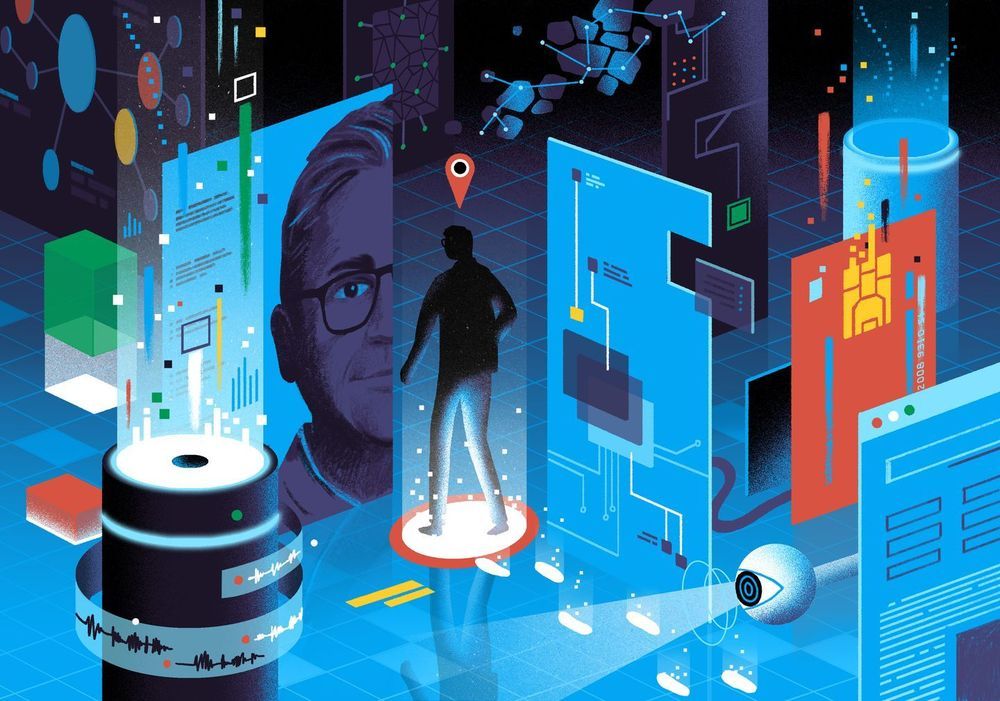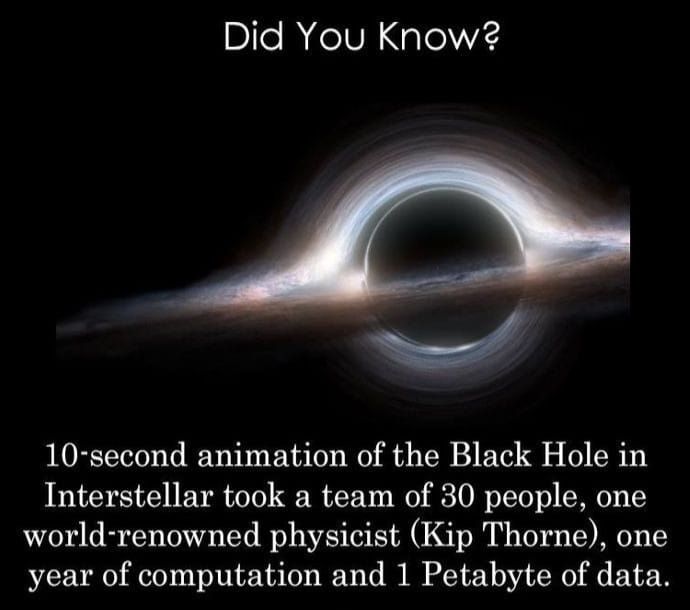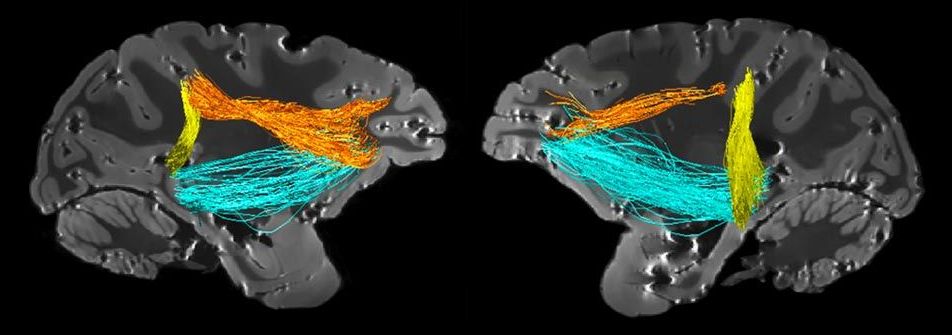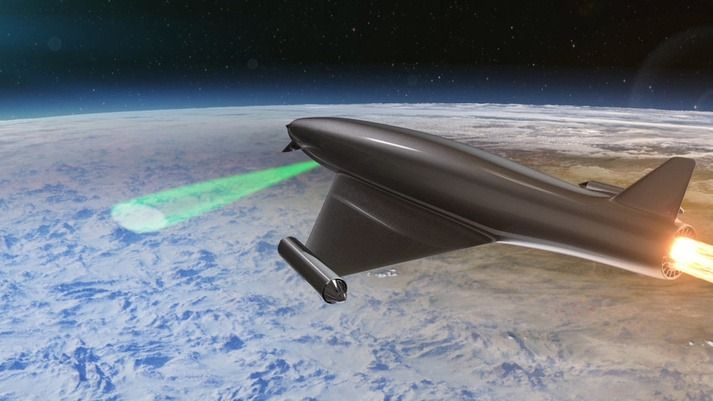Get the latest international news and world events from around the world.

How we survive the surveillance apocalypse
But no, privacy isn’t dead. A path to reclaiming it — fuzzy and almost too late — is starting to emerge. We just have to be angry enough to demand it.
Trying to get straight answers has been, literally, a full-time job. I’ve digested the legal word salad of privacy policies, interrogated a hundred companies and even hacked into a car dashboard to grab my data back. There are lots of stories about online threats, but it feels different watching your personal information streaming out of devices you take for granted. This year I learned there is no such thing as “incognito.” Just stepping out for an errand, I discovered, lets my car record where I shop, what I listen to and even how much I weigh.


IBM’s Lithium-Ion Battery Uses Seawater Materials Instead Of Heavy Metals, Charges In Just 5 Minutes
IBM found a way to make a battery with materials from seawater instead of cobalt or nickel which are harmful to the environment, and it charges much faster.
Lithium-ion batteries are just as important as solar panels and wind turbines in our pursuit of sustainable energy. The use of lithium-ion technology is sustainable, however, its materials are not. When the battery has served its purpose, if it’s not disposed of correctly, it has a profoundly negative impact on the planet. Furthermore, the making of the batteries involves sourcing of heavy metals that are expensive and come at a substantial humanitarian and environmental cost.
In search of a better option, IBM found a way to make a battery that relies on materials from seawater instead. Testing revealed that the new battery is just as good as the one made with heavy metals, such as cobalt and nickel.
In retaliation to the unethical practice of how heavy metals are attained, as well as the damage these metals cause when they leak out into the environment, companies like IBM have taken a considerable interest in developing alternatives that don’t require the use of heavy metals.
Thanks Boomer? Bitcoin-Friendly Generations to Inherit $70 Trillion
Data from Coinshares underscores the wealth from days gone by which will ultimately fall into the hands of those who are sympathetic to Bitcoin as sound money.
Those who consider Bitcoin sound money will benefit from Baby Boomers to the tune of three times of U.S. GDP.

A Surprising New Source of Attention in the Brain Raises New Questions
As you read this line, you’re bringing each word into clear view for a brief moment while blurring out the rest, perhaps even ignoring the roar of a leaf blower outside. It may seem like a trivial skill, but it’s actually fundamental to almost everything we do. If the brain weren’t able to pick and choose what portion of the incoming flood of sensory information should get premium processing, the world would look like utter chaos—an incomprehensible soup of attention-hijacking sounds and sights.
Meticulous research over decades has found that the control of this vital ability, called selective attention, belongs to a handful of areas in the brain’s parietal and frontal lobes. Now a new study suggests that another area in an unlikely location—the temporal lobe—also steers the spotlight of attention.
The unexpected addition raises new questions in what has long been considered a settled scientific field. “The last time an attention controlling area was discovered was 30 years ago,” says Winrich Freiwald, head of Rockefeller’s Laboratory of Neural Systems, who published the findings in the Proceedings of the National Academy of Sciences on November 4, 2019, “This is a fundamental discovery that might require a rethinking of old concepts about attentional control.”
Steven Kwast | The Urgent Need for a U.S. Space Force
Starfleet Begins
Steven L. Kwast is a retired Air Force general and former commander of the Air Education and Training Command at Joint Base San Antonio-Randolph. A graduate of the United States Air Force Academy with a degree in astronautical engineering, he holds a master’s degree in public policy from Harvard’s Kennedy School of Government. He is a past president of the Air Force’s Air University in Montgomery, Alabama, and a former fighter pilot with extensive combat and command experience. He is the author of the study, “Fast Space: Leveraging Ultra Low-Cost Space Access for 21st Century Challenges.”
Beginning in 2010, and coinciding with the opening of Hillsdale College’s Allan P. Kirby, Jr. Center for Constitutional Studies and Citizenship on Capitol Hill, the College has hosted an annual Constitution Day Celebration in Washington, D.C. to commemorate the signing of the U.S. Constitution on September 17, 1787.
The program—which features speeches, debates, and roundtable discussions—explores the continuing relevance of the Founders’ Constitution for American politics today.
Hillsdale College is an independent institution of higher learning founded in 1844 by men and women “grateful to God for the inestimable blessings” resulting from civil and religious liberty and “believing that the diffusion of learning is essential to the perpetuity of these blessings.” It pursues the stated object of the founders: “to furnish all persons who wish, irrespective of nation, color, or sex, a literary, scientific, [and] theological education” outstanding among American colleges “and to combine with this such moral and social instruction as will best develop the minds and improve the hearts of its pupils.” As a nonsectarian Christian institution, Hillsdale College maintains “by precept and example” the immemorial teachings and practices of the Christian faith.


Guarding Against Directed-Energy Weapons
BAE Systems is working on a form of atmospheric shield to protect against directed energy weapons.